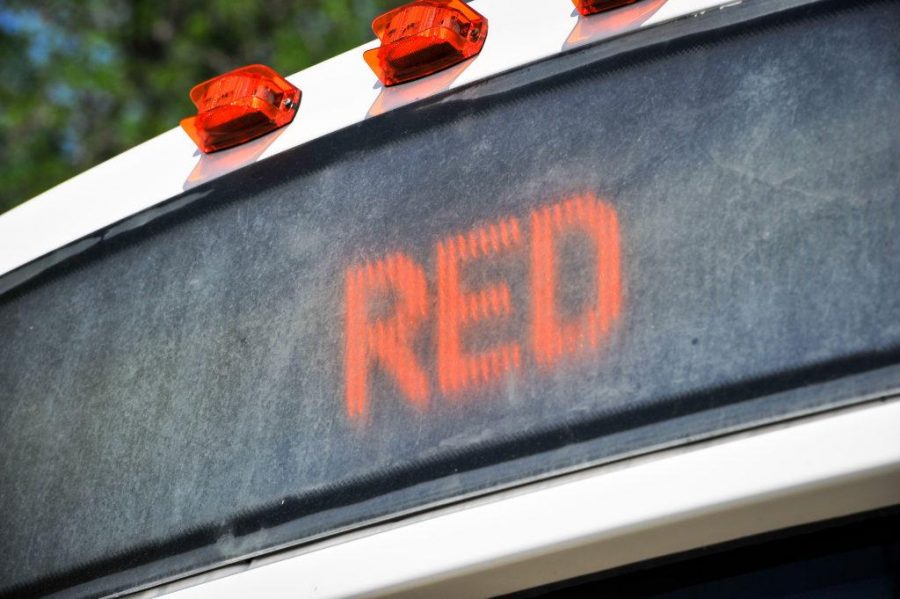Students of the University of Utah all know the struggle of walking from class to class in the murderous heat of late August or the unmerciful frigidness of January. After all, our campus is huge, and there’s a lot of ground to cover. It goes without saying we are lucky to have campus shuttles that pick us up every few minutes to get us to where we need to be without having to face the weather, but have we ever considered the negative aspects of the campus shuttles? After giving it some thought, I find the majority of U shuttles are unnecessary.
The orange line, which transports students to and from the dorms and the Union, are understandable. They are quick and handy for students living on campus who want to get home quickly. It’s also understandable if you have to go from the hospital to President’s Circle in fewer than 15 minutes, as I acknowledge that there’s no way that’s happening on foot in a reasonable amount of time. Other than that, where are the benefits of having the shuttles, aside from catering to laziness and those who don’t want to wear jackets in cold weather?
I stopped using campus shuttles after my first semester. Even when it was snowy and wet, I walked to class because taking the shuttles would have taken too long to get from one class to the next. For me, getting to class on time has been a higher priority than having warm feet. Typically by the time I got out of class, the nearest shuttle that would take me to where I needed to go was either too far away or I had just missed the one I needed and another wouldn’t be arriving for several minutes, minutes I could spend walking instead of sitting in the cold.
When paying for last semester’s tuition and fees, I noticed a transportation fee that makes sense. Students can use UTA buses and TRAX. In my opinion, it was higher than it needed to be, especially when few people use the transportation included in the fees. In fact, because of that specific fee, I didn’t have money for books. Only when taking the shuttle to Crimson Nights did I see a full shuttle. While others may have different experiences, the majority of the time I only saw a couple people on the shuttle every day, even when I lived on campus. Getting rid of campus shuttles would save students hundreds of much-needed dollars.
The removal of campus shuttles would also cut back on emissions. We are a commuter school, and students who have to drive to campus do that regardless of shuttles. We also have to pay for parking passes. The transportation fee should be used to pay for student parking instead of shuttles. The shuttles run all day on campus. The blue and red shuttles are especially a waste because they hit the exact same spots, but in reverse orders. The U has acknowledged that Utah itself needs to have cleaner air and supports the Clean Air Act by posting signs around campus, encouraging carpooling and handing out air masks to students who have a particularly hard time breathing, but these shuttles aren’t examples of practicing what we preach.
Campus shuttles are too costly, both financially and environmentally. Getting rid of most shuttles would improve air, save money and encourage walking across campus.
letters@chronicle.utah.edu



Michael • Sep 2, 2017 at 3:45 pm
In my opinion, campus shuttles are way too slow and run too infrequently. They are also never on time and are a common cause for students arriving late to class. I think there are two potential solutions: 1) run red, blue, and orange shuttles much more frequently (every 3-5 minutes and every 7 minutes at night) or 2) get rid of campus shuttles entirely and build a tram system that would directly take students between lower campus/upper campus with stops in between. The tram system would be like ski lifts over the campus (except for they would be enclosed – carrying many passengers in each car). There could be multiple routes as well. In this system, transportation would be on-demand and students would not have to wait for shuttles. With the amount of funds the U currently uses to build all these new buildings (and with so many additional student fees), the second option should be entirely within reality. That is, if the U becomes a bit less greedy than it currently is.